Today, we’re embarking on a thrilling journey to observe two of the most fascinating species that roam the vast savannah of the market research landscape – the Qualitative Researcher and the Quantitative Researcher.
In the blue corner, we have the Qualitative Researcher, a creature known for its knack for diving deep into the sea of human experiences and surfacing with pearls of wisdom. Famous for their “look beyond the numbers” mantra, they find their sustenance in complex narratives and tangled human emotions.
And in the red corner, meet the Quantitative Researcher, the master number cruncher, a being who dances elegantly to the rhythm of data points. Adept at navigating the dense forest of figures and statistical models, these researchers can find patterns and connections faster than you can say ‘standard deviation’!
But how do we identify these intriguing species amidst the hustle and bustle of the research jungle? What do their habitats look like? And most importantly, which one are you?
Decoding the Habitat
As we venture further into the wild world of market research, it’s essential to know how to spot our two majestic species. To do this, we need to examine their natural habitats.
The Qualitative Researcher’s Habitat
Often found in the heart of the wild human landscape, this species thrives amidst colorfully annotated interview transcripts, notebooks filled with observations, and audio files of in-depth interviews. They create their nests with coffee-stained mind maps and Post-It notes filled with key themes that form the foundation of their analysis.
Keep an eye out for an eclectic mix of books ranging from philosophy and sociology to art and storytelling. If you see the glow of a screen illuminating a face deep in thought, perhaps pondering a poignant interview quote or refining a thematic code – you’ve found yourself a Qualitative Researcher in their natural environment!
The Quantitative Researcher’s Habitat
Moving onto the more structured territories of our research jungle, the Quantitative Researcher is a creature of precision and patterns. Spotting their habitat is a cinch – just look for an ultra-organized desk space dominated by flashing computer screens running data analysis software, spreadsheets filled with numbers, and scatterplot diagrams.
In place of colorful Post-Its, you’ll see statistical formulas and histograms neatly jotted down. The air around their habitat crackles with the electricity of significant p-values and whispering tales of correlation coefficients. Ah, yes, the distinctive signs of a Quantitative Researcher!
Remember, no habitat is superior to the other; they are simply different, reflecting the varied ways our research species interact with the world. They are both on the same quest for knowledge and truth, just using different tools and paths!
Hunting Patterns
Every species has its unique hunting style, a method that aligns with their nature and helps them survive. In our thrilling research safari, this translates to how our two majestic creatures collect and analyze their data.
The Qualitative Researcher
Picture a seasoned explorer, binoculars in one hand and notepad in the other, moving deftly through the dense forest of human behavior and emotions. They navigate the winding pathways of subjective experiences, always ready to capture precious insights in their trusty notepad.
Their style is exploratory, interpretive and often involves lengthy periods spent immersed in the field. When they’re on the hunt, they are looking for depth, context, and understanding. Instead of merely asking ‘what,’ they seek to uncover the ‘why’ and ‘how’ behind the phenomena.
The Quantitative Researcher
Now, imagine a strategic sniper, calculating and cool, their eye firmly on the numbers’ target. They don’t wander through forests; instead, they ascend to the highest peak to view the landscape from a birds-eye perspective.
They’re keen to spot patterns, trends, and relationships within a vast field of numbers. They arm themselves with surveys, experiments, and numerical data, shooting precise questions to large groups. To them, it’s about the ‘what,’ ‘where,’ and ‘when,’ capturing the broad brush strokes of the scenario.
While their hunting styles differ, it’s important to remember that both researchers are after the same thing: a greater understanding of the world around us. Their paths may differ, but they often converge to provide a holistic picture.
Diet: From Narrative Nibbles to Data Delicacies
A balanced diet is crucial to every species, and in market research, our creatures feast on knowledge! But, as expected, their preferences differ significantly. Let’s look at the choice cuisine of qualitative and quantitative researchers.
The Qualitative Researcher
This species is a gourmet of narratives, favoring the rich, in-depth flavors of individual experiences and perspectives. They love to simmer in people’s stories, garnishing them with a touch of context and a pinch of interpretation. Just like a food critic, they’ll savor every bite, appreciating the nuances and subtleties that come from varied perspectives.
Their meals often include long-form interviews, focus groups, personal observations, and open-ended survey responses. If you hear the sizzle of a ‘hot’ quote or see someone lost in a hearty broth of lived experiences, you’ve likely spotted a qualitative researcher feasting on their data!
The Quantitative Researcher
On the other end of the food chain, we have the quantitative researcher. Think of them as nutritionists, scrutinizing the labels for statistical nutrients and checking the calorie count in terms of data size. They feast on a steady diet of cold, hard facts served as percentages, ratios, and frequencies. With a fork of correlation and a knife of causation, they dissect the data to ensure they absorb the most valuable information nutrients.
Their menu typically includes pie charts, bar graphs, histograms, and a delicious variety of number salads. Spot a person delighting in a large dataset or meticulously calculating the BMI (Big Math Insight), and you’ve found a quantitative researcher!
Whether they’re indulging in a narrative smorgasbord or a statistical banquet, each researcher finds nourishment from their chosen diet. Their distinct culinary preferences aid them in digesting complex information and generating rich insights that contribute to the ever-evolving feast of knowledge. Bon Appétit!
Social Patterns: Engaging with Their Data
In the vast ecosystem of the research jungle, each creature has its unique social behavior and interaction patterns. Much like birds have their songs and apes have their calls, our researchers have specific ways they engage with their data and express their findings.
The Qualitative Researcher
Engaging with their data like an empathetic conversationalist, the qualitative researcher is akin to the social butterfly of the research jungle. They are masters of communication, using their strong interpersonal skills to gather rich and deep insights. They easily navigate social settings, often blending into the background to observe behaviors and interactions.
You might find them engaged in lengthy interviews, active listening, or facilitating focus groups with the finesse of a seasoned talk-show host. And, when they’re not collecting data, they’re spinning it into narratives that resonate with the research community and beyond.
The Quantitative Researcher
On the flip side, the quantitative researcher is the logician of the research world. Less chatty, more pensive, they love a good puzzle and enjoy the thrill of cracking the code that is numerical data. You might find them lost in thought, teasing out patterns and relationships in a sea of numbers, or meticulously crafting graphs and charts that elegantly depict their data.
They communicate with precision and clarity, and their social gatherings often involve animated discussions about the latest statistical techniques or the virtues of a well-run randomized control trial.
As we observe these social patterns, it becomes clear that these researchers, while different, share a common trait – passion. Passion for their work, methodology, and the thrill of discovering something new. But the question remains – are you a qualitative or quantitative researcher?
Warning Signs That You Might Be One
Now that we’ve delved deep into the wild research savannah, observing these intriguing creatures’ habitats, hunting patterns, diets, and social behaviors, you might wonder: which species do I belong to? Do I bask in the warm glow of narratives, or do I find comfort in the cool shadows of data? Let’s explore some telltale signs that might reveal your research identity.
The Qualitative Researcher
You know you’re a qualitative researcher if you find stories hidden in the mundanity of everyday life. If you believe in the power of individual experiences and consider them more than just statistical outliers, you’re definitely one of them.
The phrase “correlation does not imply causation” makes you nod in passionate agreement, and you’re convinced that context is king. If you have a knack for connecting the dots between seemingly unrelated concepts and enjoy deciphering the human motive behind actions, then welcome, my friend, to the tribe of qualitative researchers.
The Quantitative Researcher
On the other hand, you might be a quantitative researcher if you see life as a complex mathematical problem waiting to be solved. If numbers are your comfort zone and you find beauty in patterns and symmetry, you’re definitely one of them. The sight of unstructured, anecdotal data makes you twitch, but give you a well-structured dataset, and you’re as happy as a lion with a zebra steak.
You firmly believe in the motto, “In God we trust; all others must bring data.” If these signs resonate with you, then congratulations! You’re a card-carrying member of the quantitative researcher clan.
It’s important to remember that no matter which species you identify with, both play an integral part in the research ecosystem. They might have different approaches, but they’re both striving towards a common goal: understanding the world around us. So, whether you’re a qualitative researcher or a quantitative researcher, embrace your unique skills, and keep exploring!
Get regular insights
Keep up to date with the latest insights from our research as well as all our company news in our free monthly newsletter.
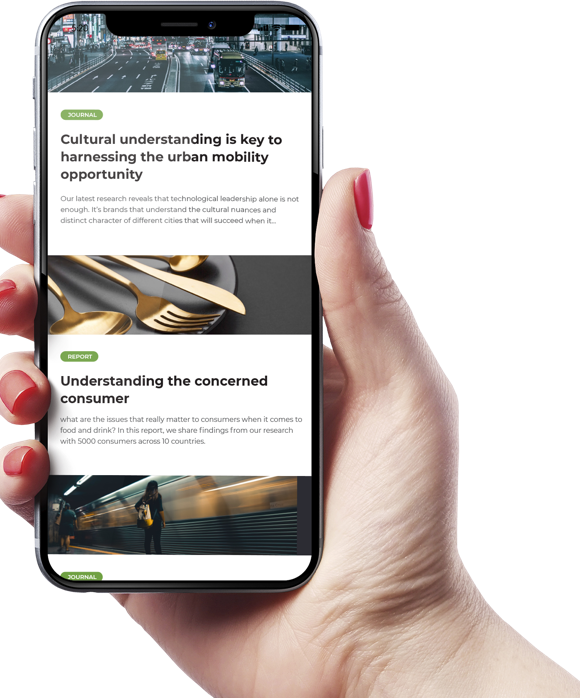


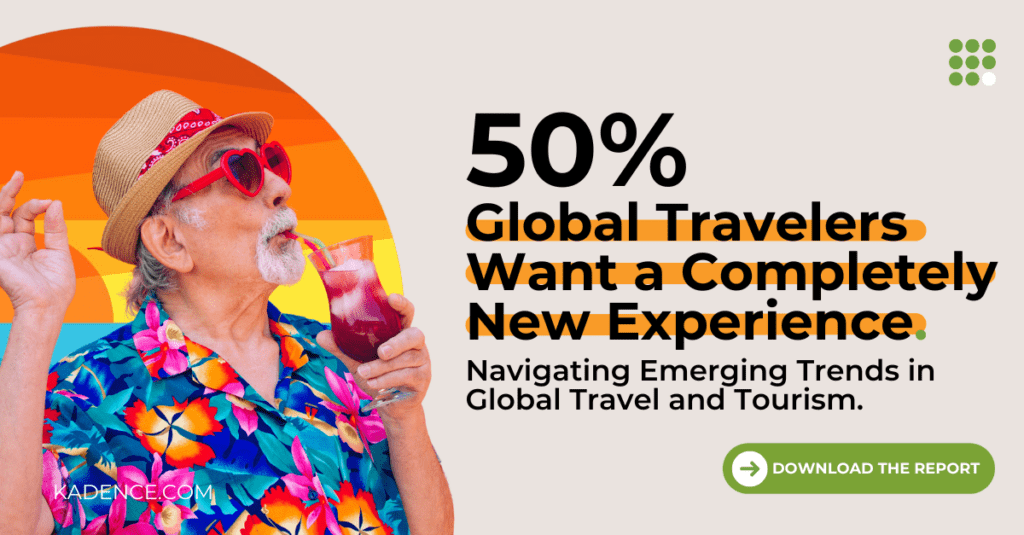
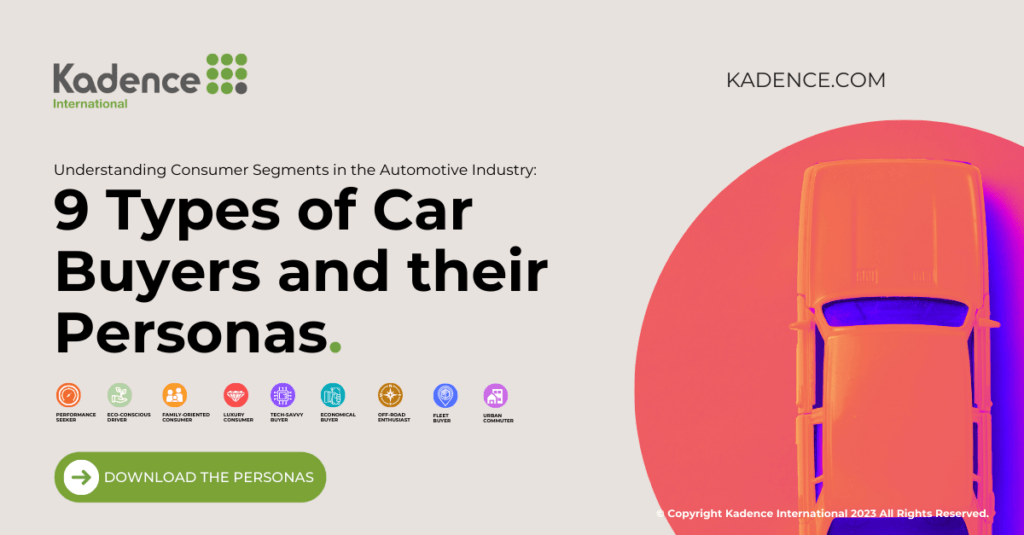



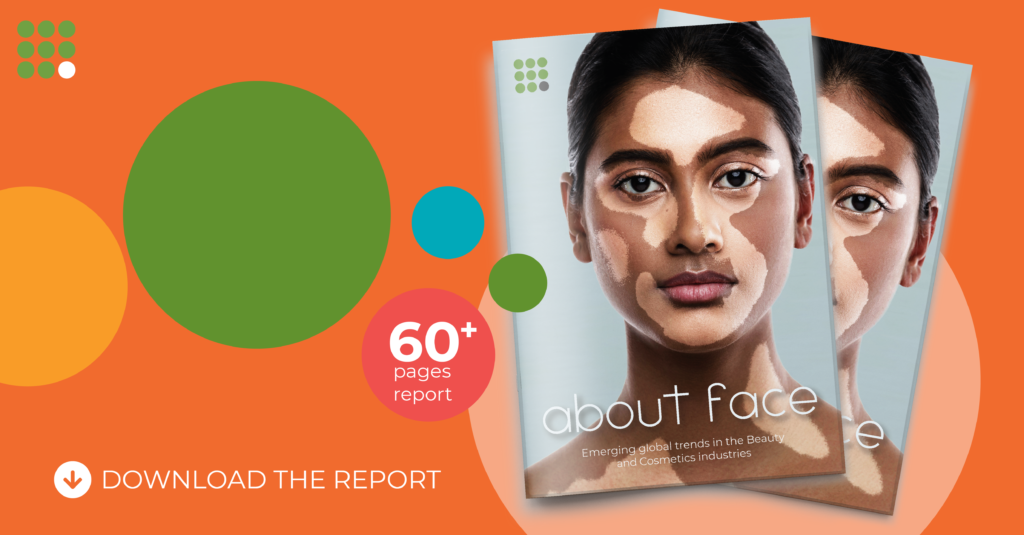
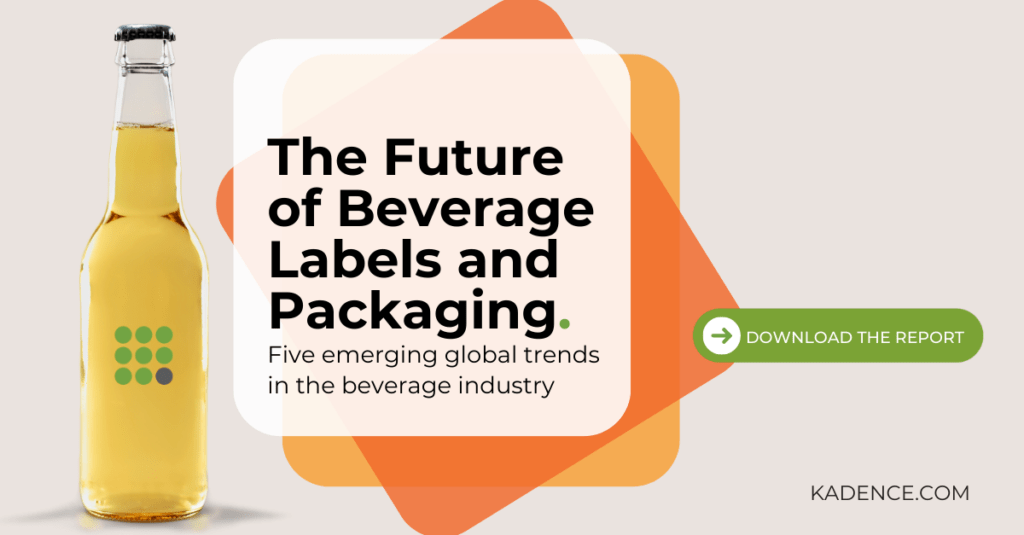

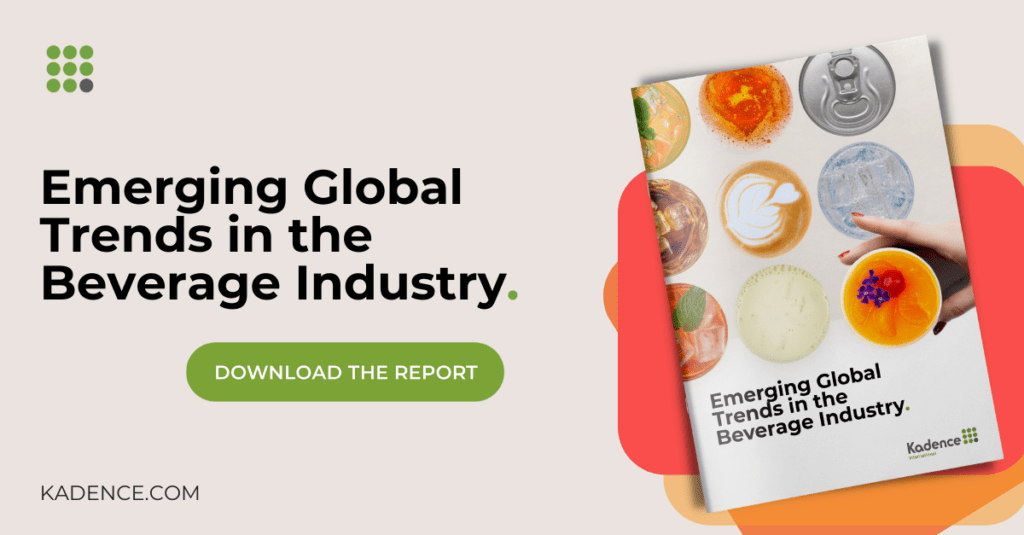
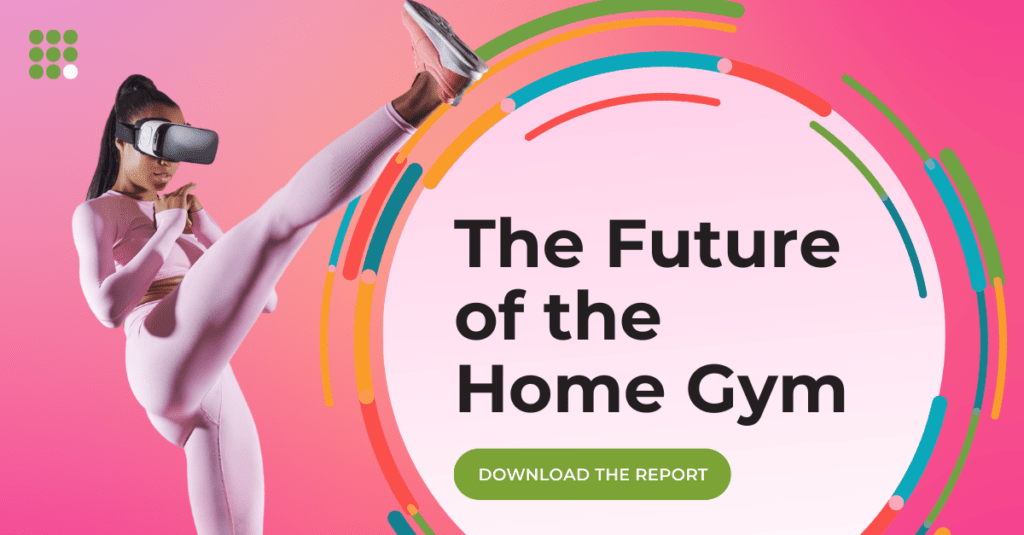
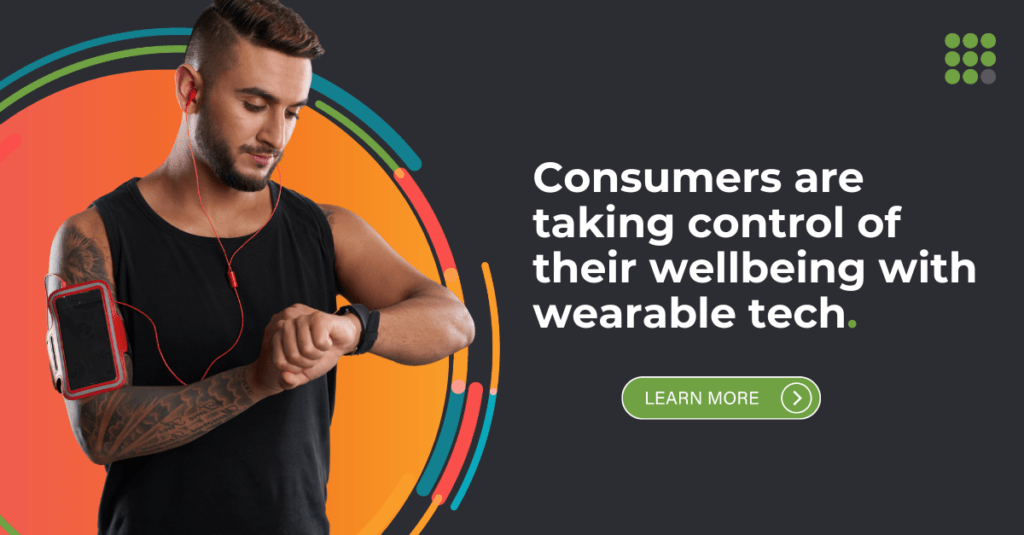
 Senior Marketing Executive
Senior Marketing Executive Sales & Marketing
Sales & Marketing General Manager PR -Internal Communications & Government Affairs
General Manager PR -Internal Communications & Government Affairs Vital Strategies
Vital Strategies
 Customer Intelligence Director
Customer Intelligence Director